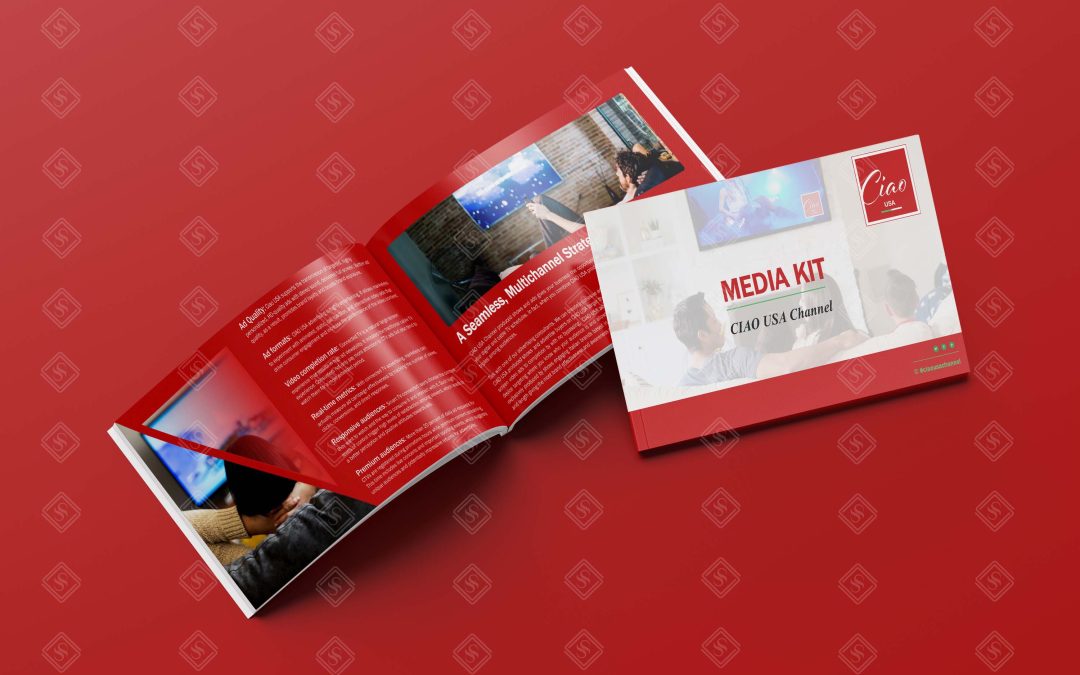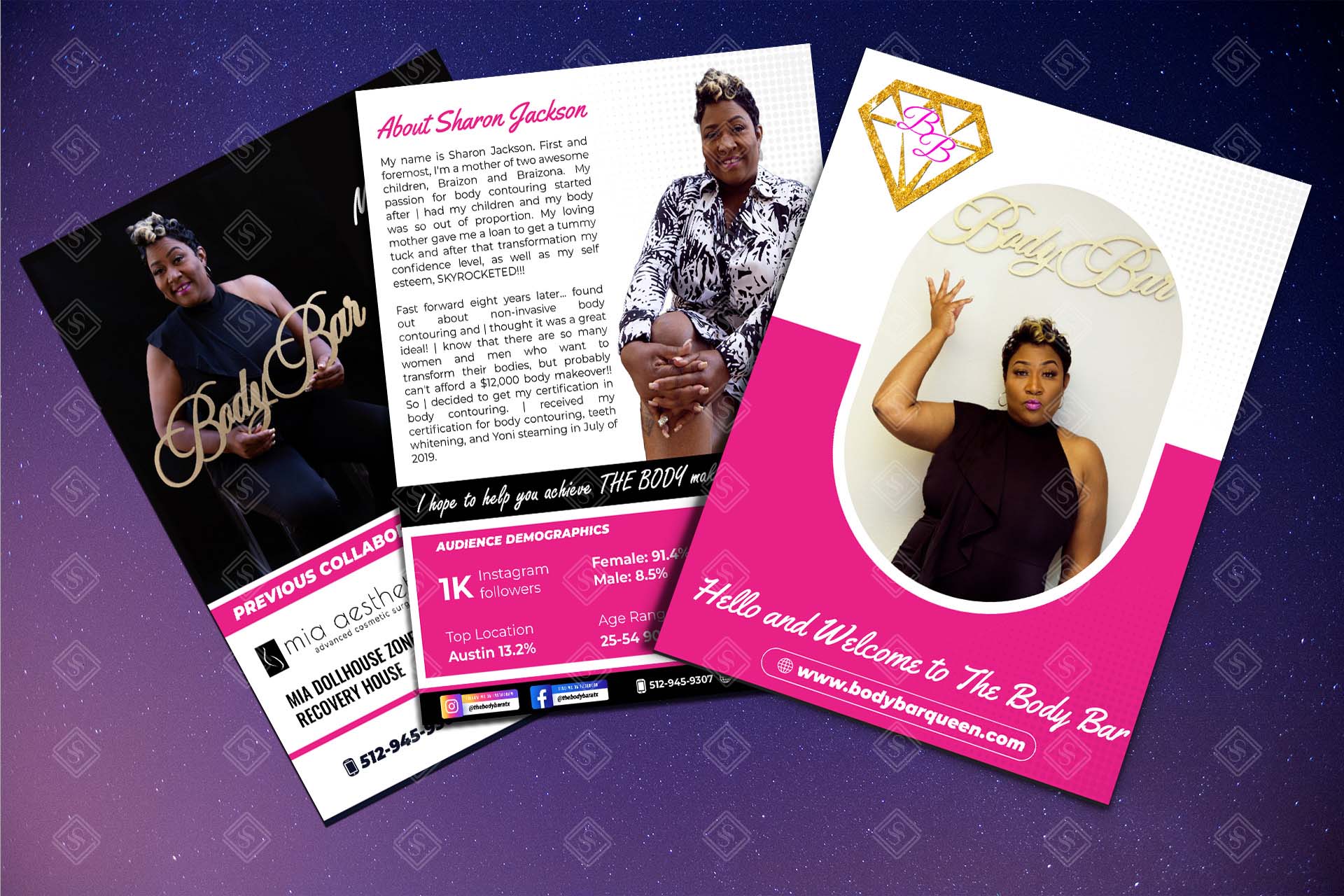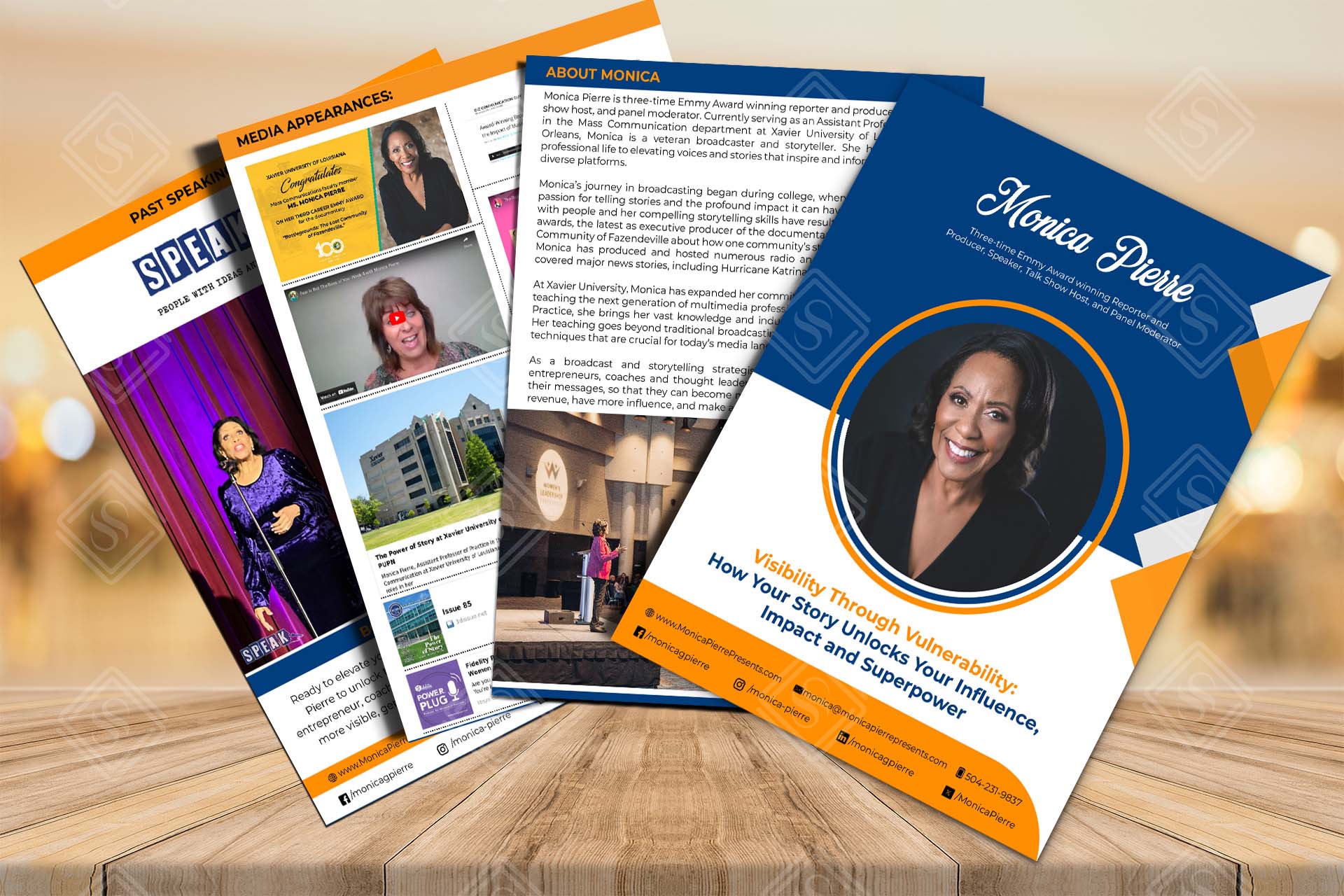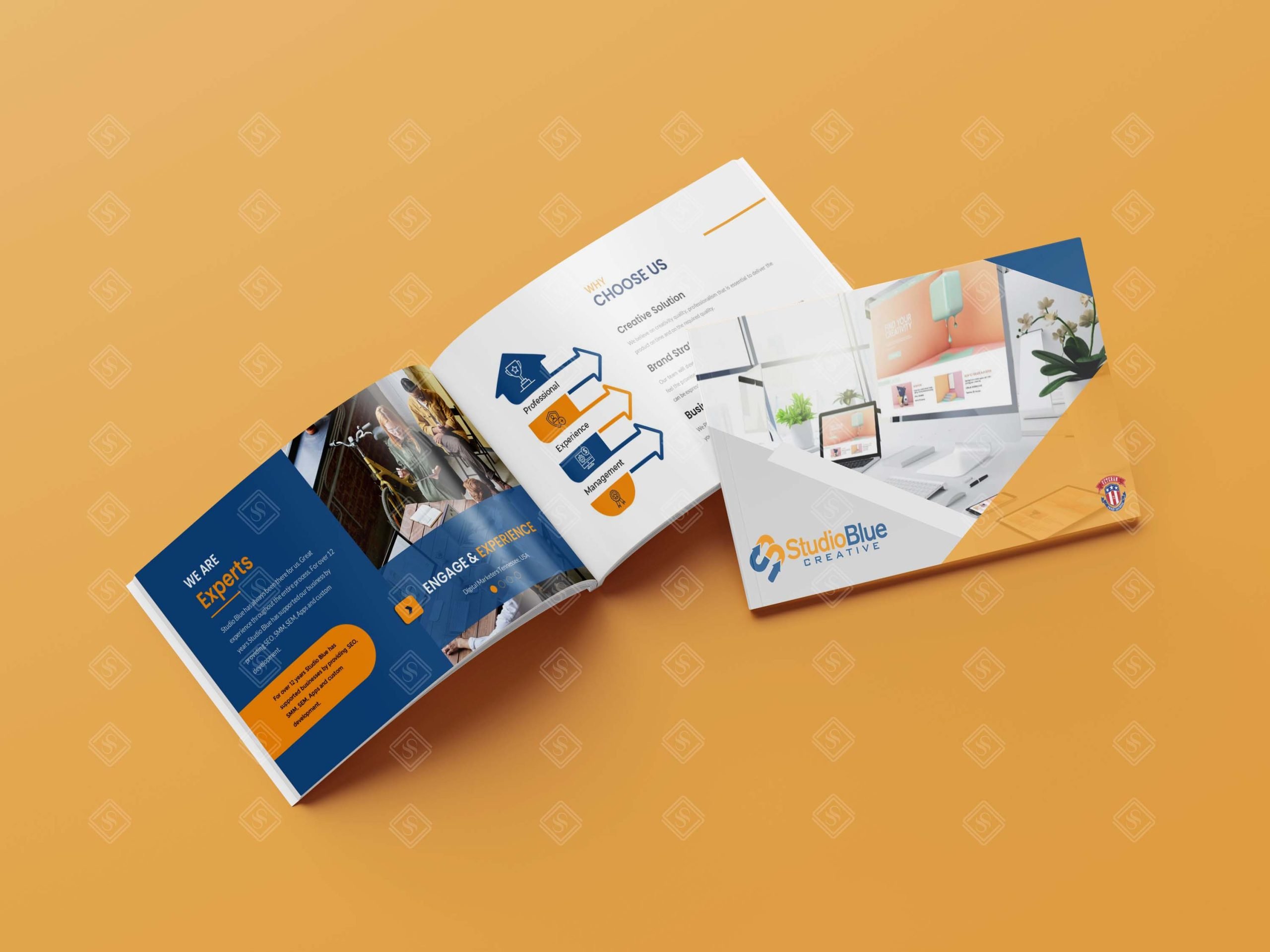
How to Design a Press Kit?
A press kit is a collection of materials containing information about the company’s products and services. It’s quite fortunate that every single detail that any reporter would require to write the story is included in the press kit.
Effective Press Kit For Your PR Strategy
A press kit is a very effective public relations technique. It adds to your profile in media by providing the journalists with all the necessary information within one site. It has the advantage of efficiency raises the basic level of trust and allows better control of the narrative. Often a well-thought-out press kit will shift how the story is reported.
Understanding Your Target Audience
Journalists are the key receiver of press kits, yet it is not the only recipient of the press kit. They depend on Press kits to obtain the information soon and at the same time accurately. But it would be foolish not to mention bloggers or influencers, who are equally popular among young people these days. They also become a way through which information about your brand or product can be passed around.
- Defining Your Target Audience: Who is your press kit target? Journalists, bloggers, or influencers? The other way of increasing the effectiveness of the press kit is by narrowing down the possible target market, possibly to several key interest groups. Knowing their want and how they think will enable you to come up with interesting stories they will be interested in.
- Knowing Your Brand and Your Market: As with any form of media communication, it is important to understand one’s brand and one’s target audience before developing a press kit. Ensure that you know your audience to be able to change your message to suit the ear. Good brand management contributes to the content of your press kit and the overall tone of your story, which aids in choosing the best audience to appeal to.
- Identifying Your Brand Identity: One of the most essential intangible assets of a company is the visible personality or brand. What makes you unique? What is your motto? The perception that your brand generates to the public should capture these qualities in your brand messaging.
Essential Components of a Press Kit
A press kit is your brand’s toolkit for media outreach. It packages key information and assets to impress journalists and generate positive press coverage. A well-crafted press kit can significantly impact your brand’s reputation.

- Cover Letter: Your cover letter introduces your press kit and grabs the journalist’s attention. Clearly state your purpose, highlight key points, and offer to answer any questions. A compelling cover letter sets the tone for the entire kit.
- Press Release: The press release is the heart of your press kit. It announces your news in a clear, concise, and engaging manner. Design it for your target audience, include compelling headlines, and provide essential details.
- Visual Elements: Visuals enhance your press kit’s appeal. Images, infographics, and videos tell your story effectively. Choose high-quality visuals that complement your message and grab attention.
- Logo and Brand Guidelines: Your logo is your brand’s identity. Include it prominently, along with clear guidelines for its usage. Consistent branding strengthens your message and creates a professional image.
- High-Resolution Images: Provide high-resolution images of your product, team, or events. These images allow journalists to use them in their articles without compromising quality.
Additional Materials
Consider including extra materials to support your story. This might include samples, testimonials, awards, or relevant data. These extras add depth to your press kit.

- Fact sheet: A fact sheet provides essential information about your company, product, or event in a concise format. Include key facts, figures, and contact details.
- Biographies: Include brief biographies of key team members or spokespeople. Highlight their expertise and relevant experience.
- Media Coverage: Showcase previous media coverage to build credibility. Include links or copies of articles that highlight your brand’s achievements.
Designing Your Press Kit
The design of your press kit reflects your brand’s image. Choose a layout that is visually appealing, easy to navigate, and consistent with your branding.
- Choosing a Format: Decide on the format of your press kit. Options include physical kits, digital downloads, or online press rooms. Consider your target audience and their preferences when making this decision.
- Layout and Design: Create a visually appealing and organized layout. Use clear headings, bullet points, and white space to enhance readability. Consistent formatting throughout the kit creates a professional look.
- Organization and Clarity: Present information in a logical order, making it easy for journalists to find what they need. Clear and concise writing ensures your message is understood.

Measuring Success
Track media coverage, social media mentions, and website traffic to measure the effectiveness of your press kit. Analyze the results to refine your strategy for future campaigns.
- Tracking Media Coverage: Monitoring media refers to the process of observing what journalists and media houses have to say about your brand, your product or any event that you may be sponsoring. This means in a way of using certain instruments to search for articles, posts on social network sites, or news which may include a mention of you. This kind of data analysis enables you to better understand your media influence, as well as your standing in public.
- Analyzing Press Kit Effectiveness: It is also important to track the effectiveness of your press kit and this can be done after the distribution of the kits as follows. Determine the number of media outlets that got it, the number of stories that came out from it and the nature of the type of coverage given. Use comparisons about the goals that have been set for such data. This information makes it possible to make the necessary adjustments to the press kit in the subsequent press releases.
Conclusion

A press kit is your business card and the way to attract the attention of journalists and media outlets. It is the chance to explain yourself and your decision most simply. In this way, it is possible to find out how your press kit performed in the media and which adjustments are needed to its activities. Thus, do not wait and develop a motivating press kit that will help you demonstrate the value of your brand to others. See, a good press kit must be one of the reasons for obtaining media coverage.